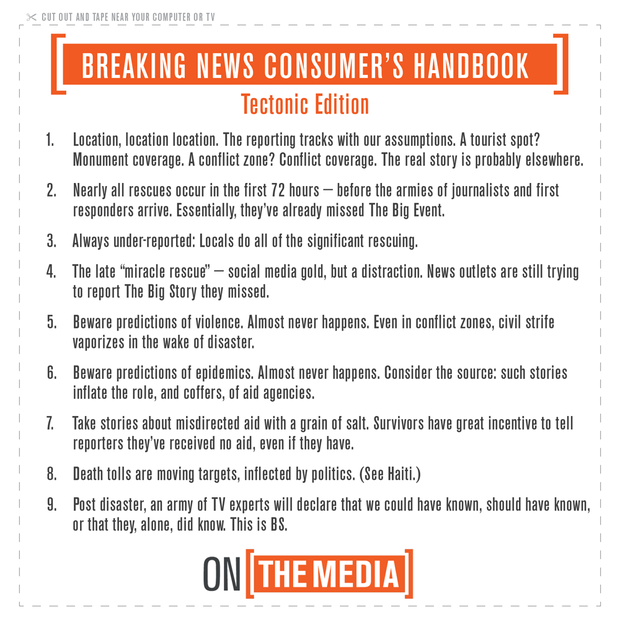The whole truth about The New York Times – Amazon feud
Two months after The New York Times‘ devastating takedown of Amazon’s culture, Amazon fired back. Where’s the whole truth here? There is none. Because by definition, stories always leave out more than they include. As briefly as possible, here’s what happened. On August 15, the Times wrote about Amazon’s “bruising workplace.” Jeff Bezos emailed his employees a non-denial…








